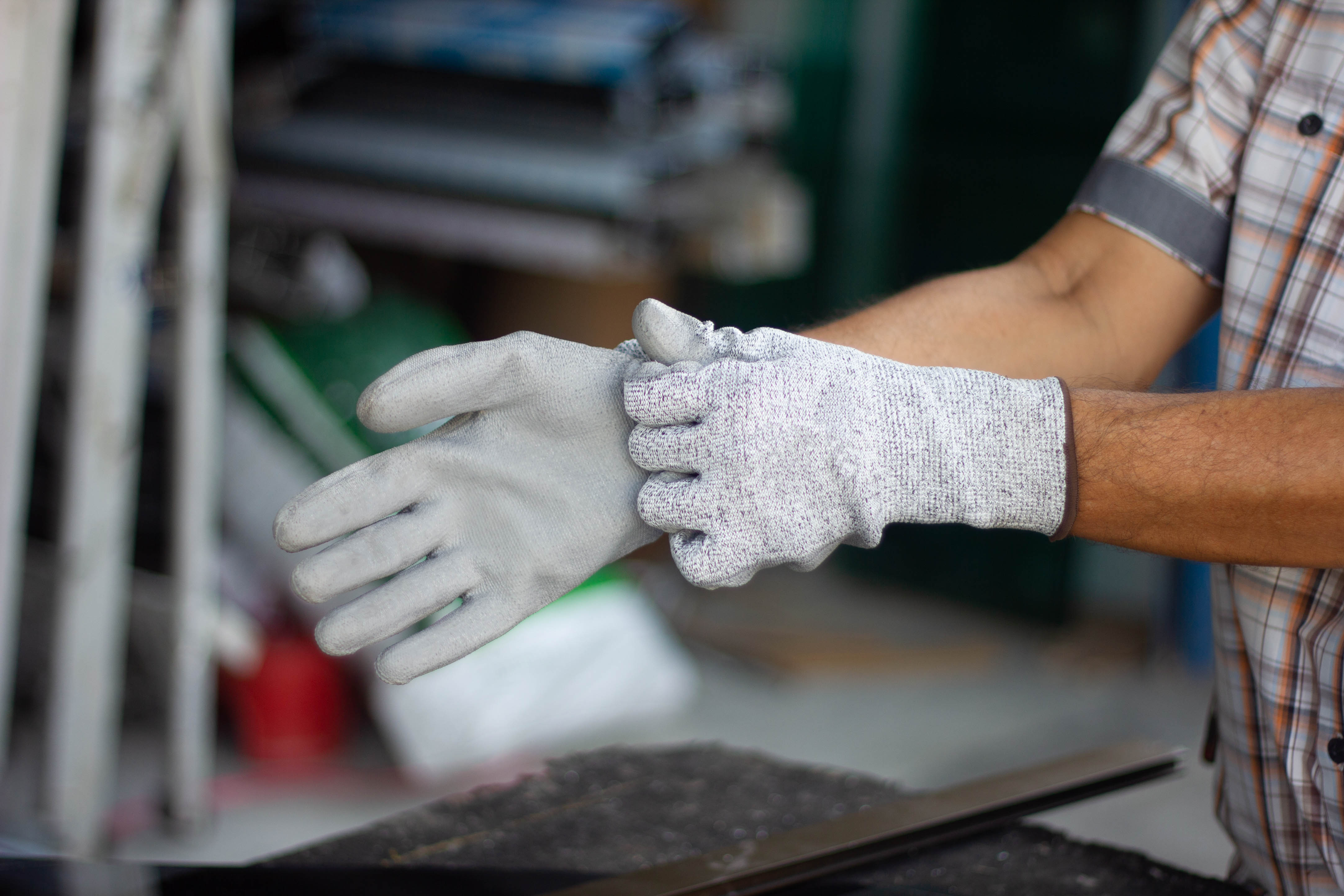Statistics
The U.S. Bureau of Labor Statistics (BLS) recently reported that in 2020, there were over 59,000 cuts and lacerations involving time away from work sustained by private employers in the U.S. A large majority of these lost time injuries involved the hands and fingers.
These injuries are painful, impact employees and their families, and can be very expensive. According to the National Safety Council, laceration-related workers’ compensation costs are over $23,000. When a severed tendon is involved, direct medical costs can reach $70,000. Indirect costs such as lost productivity, retraining, investigations and replacing injured workers multiply the costs that employers must absorb for these painful injuries.
Industry Concerns
Industrial plants where workers handle knives constantly, such as poultry processing, are particularly at risk. However, workers in almost any industry may suffer from cuts and lacerations. The Occupational Safety and Health Administration (OSHA) implemented a “National Emphasis Program on Amputations,” which calls for increased inspections and enforcement, and focuses on proper machine guarding. In addition, amputation cases must be reported to OSHA within 24 hours, and the resulting compliance inspections usually occur quickly.
Causes
Lacerations often involve a knife or other cutting devices. But, they can also occur from activities that involve handling sharp objects, from slips and falls, and from employees using their hands as “tools.” Some of the most common causes of cuts and lacerations include:
- Lack of training
- Lack of established procedures
- Improper cutting devices
- Dull blades
- Inadequate supervision
- Unsheathed knives
- Unguarded machinery
- Lack of personal protective equipment (PPE)
Prevention
We recommend the following laceration prevention efforts:
- Conducting a hazard assessment to identify job tasks that pose laceration risks
- Maintaining proper machine guarding
- Establishing work procedures to control hazards
- Gathering employee input for risk mitigation
- Eliminating hazards through engineering controls or simple substitution
- Selecting safe cutting devices
- Eliminating fixed blades knives when possible, and requiring the use of hidden-blade devices or auto-retracting blades
- Training employees properly
- Coaching and reinforcing correct behaviors with employees
Personal Protective Equipment (PPE)
Because most lacerations occur to hands and fingers, the use of cut-resistant gloves is critical when hazards cannot be eliminated. When choosing the proper glove, look for an “ANSI/ISEA” marking on the gloves. This refers to the American ANSI/ISEA 105-2016 American National Standard for Hand Protection, which provides ratings on the level of cut resistance offered.
Other things to consider when choosing gloves include:
- Hazards posed
- How much dexterity is needed
- Temperature concerns
- Puncture resistance needs
- Coatings needed to improve grip
When laceration hazards extend beyond the hand to the arms, cut-resistant sleeves may be needed. Sleeves also undergo testing to comply with the ANSI/ISEA standard and are marked just like gloves.
EnSafe Can Help!
EnSafe’s dedicated and experienced professionals are ready to partner with you to provide innovative and practical solutions to your safety and health challenges. Reach out to us today!
